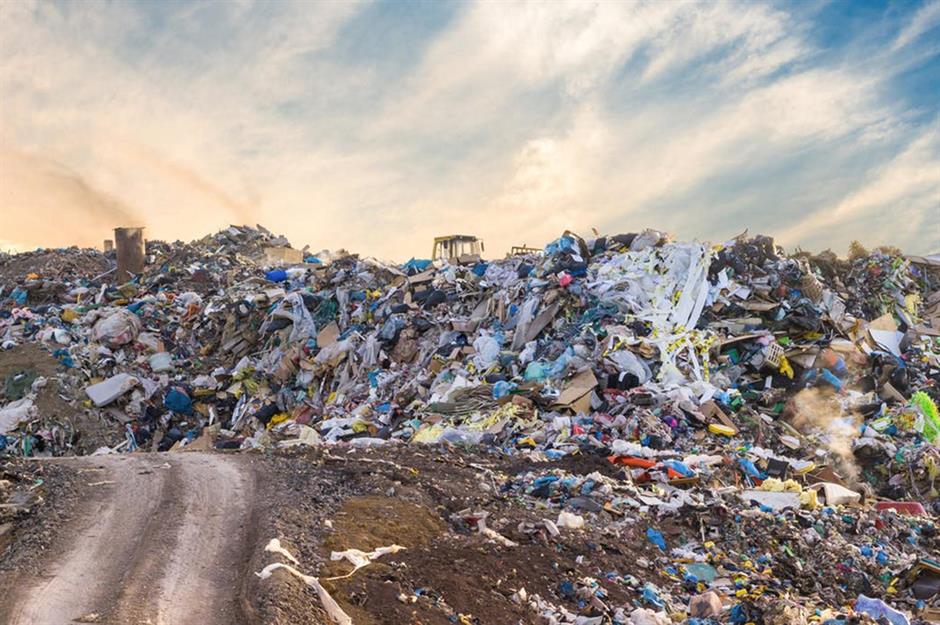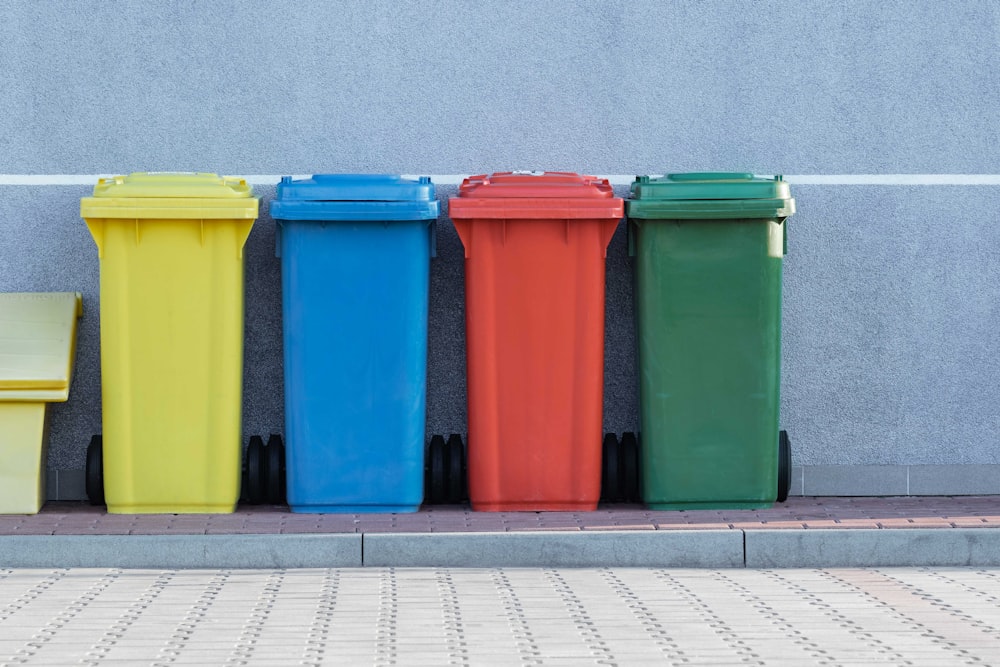In July of 2022, USC launched Assignment: Earth. This project was made for students, staff, and faculty members to lower the amount of waste and encourage eco-friendly behavior. A program like this provides educational opportunities for students who want to take part in courses or workshops to have a better understanding on sustainability. On campus, they have installed hydration stations which aim to reduce the use of plastic water bottles and promote an eco-friendly alternative. Not only is this more cost-effective, but is also a convenient way to stay hydrated. Refilling a reusable water bottle at a hydration station costs only a fraction of the price of purchasing a single-use plastic bottle.
The success of this initiative has inspired USC to continue its sustainability efforts, with plans to install even more hydration stations and promote the use of reusable water bottles on campus. This has led to large amounts of positive feedback from students, staff, and the local community. In last year and a half since this was launched, the university estimates that this change has prevented the production and distribution of over 1.3 million plastic bottles. On top of that, they are setting an example for other universities and organizations to follow. Many citizens along with myself, appreciate the initiatives that USC has developed over the last year and are excited for even greater results in the future.
I personally am very inspired by this project and believe that this is something that all schools should hope to achieve. When applying to colleges I found that many other university have taken up their own ways of reducing plastic waste on their campuses. This is very exciting to see other schools participating in the long journey of being carbon neutral. Although I’m not sure which school I will be going to this fall, I hope that I can continue take part in similar activities and play my role in creating a better environment.













